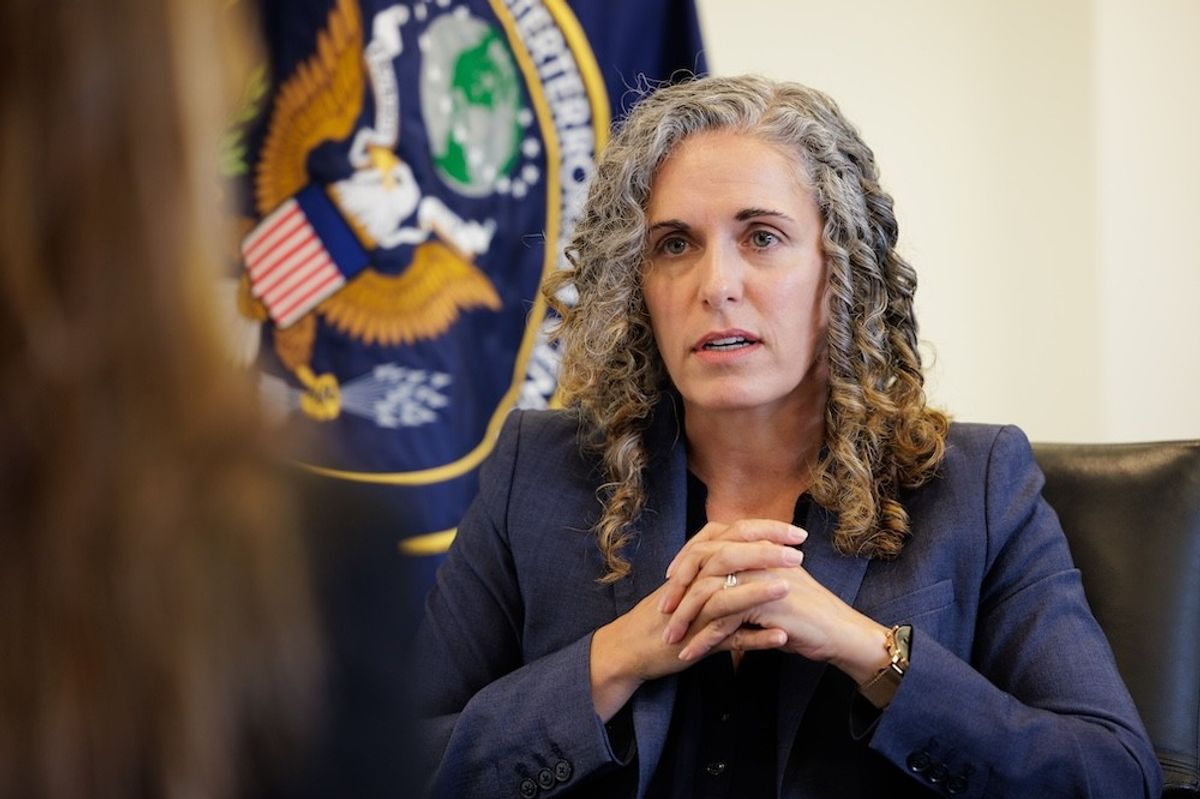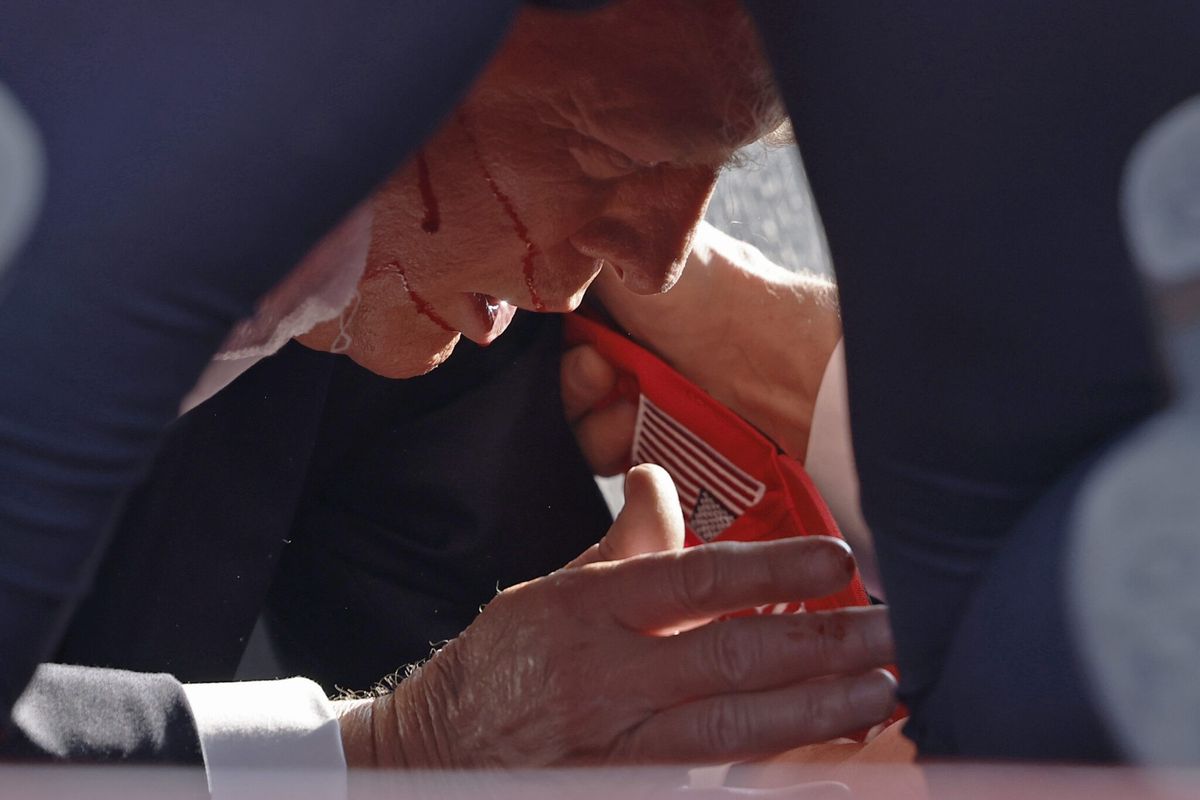Most national security and intelligence professionals believe the recent terror attacks in Paris were a game changing and defining moment in the world’s war on terror. Madrid, London, and Mumbai, as well as the recent Metrojet and Beirut bombings were all horrific, but Paris was different. The attack on a western capital known for its joie de vivre and carefree lifestyle created a level of anxiety about our everyday surroundings not seen since the tragedy of 9/11.
The anxiety may reduce overall travel in western nations for a short while, but historically, events like Paris do not deter travel for long. Perhaps it’s the “if we change our way of life, the terrorists win” mantra or the belief that traveling in times of heightened security is a show of solidarity with the assaulted nation. No matter the reason, there are some common sense best practices all travelers should follow, post-Paris.
Heightened security
Immediately after the attacks in Paris, increased and varied security measures were implemented at airports, border checkpoints, underground subways, and critical infrastructure sites across the globe. The NYPD launched its elite critical response command counterterror unit three days after the attacks, and an unprecedented 2,500 officers were stationed along the route of the annual Macy’s Thanksgiving Day Parade with helicopters hovering overhead. The result of all this stepped up security means longer lines getting through checkpoints, so the traveler should factor additional time into any trip.
Know before you go, be smart
The U.S. State Department has a wealth of information on its website, www.travel.state.gov, including travel alerts and country information. State advises that U.S. citizens should be aware of their immediate surroundings, stay away from crowded places, and monitor local media when traveling. It is also wise to know the address of the U.S. embassy or consulate and to have physical and digital (on one’s smartphone) copies of travel documents to mitigate delays if the originals are lost or stolen. American citizens should also enroll in the State Department’s Smart Traveler Enrollment Program (STEP) to receive security messages and to make it easier for the U.S. government to locate them in an emergency.
Airport Checkpoints
To avoid additional scrutiny at airport checkpoints, travelers should leave potential problem items at home, such as unmarked liquids (even only 3 ounces), large aerosol items, old fashioned safety razors, and anything else that might give a security screener pause and impede progress through a checkpoint. Airport travelers should be prepared for varied security procedures. In times of heightened threat, the U.S. Transportation Security Administration may alter security procedures to meet new challenges. This can be frustrating for those who think they “know” an airport. Travelers should consider enrolling in the TSA’s pre check program (www.tsa.gov/tsa-precheck), which expedites security screening for domestic flights. Frequent international travelers may want to enroll in U.S. Custom and Border Protection’s Global Entry program (www.cbp.gov/travel), which provides a fast-track through U.S. customs upon arrival in the U.S.
Rail and Transit
Unlike air travel which is a closed system, rail and underground subways are inherently open and thus more vulnerable. There are relatively few security check points along rail and transit systems, both in the U.S. and abroad. The use of canines is a familiar security measure but it is not that numerous. A traveler’s best bet is to stay alert and avoid traveling during peak hours.













